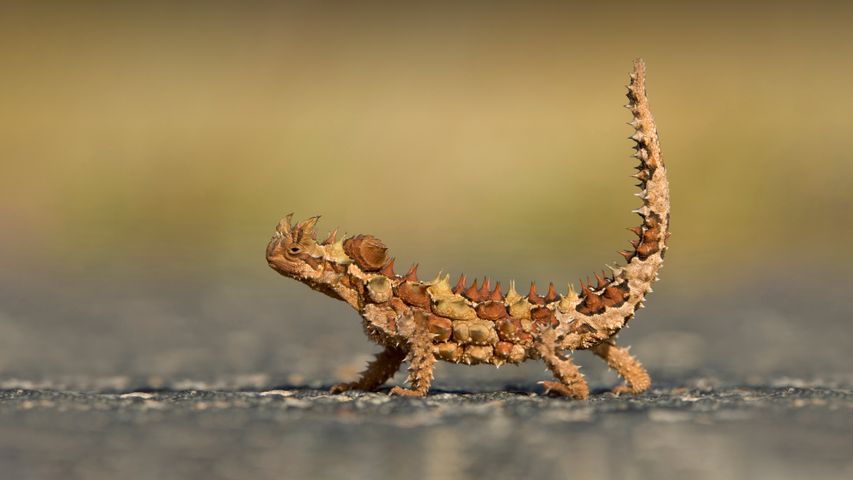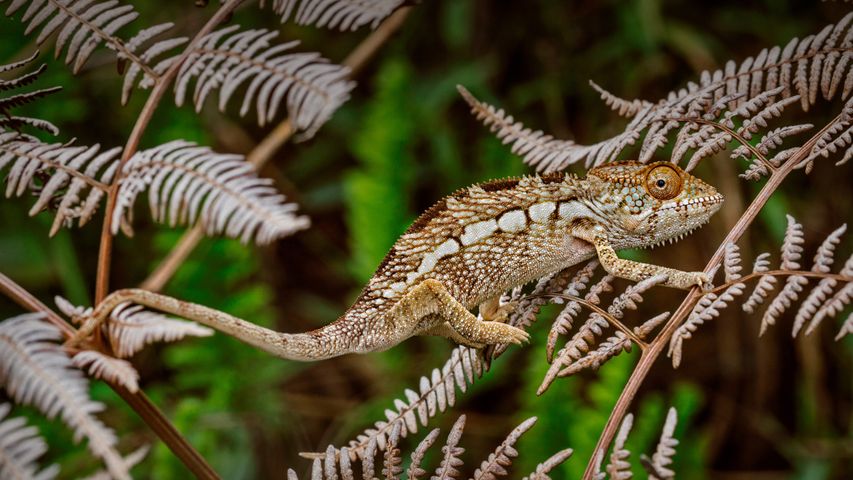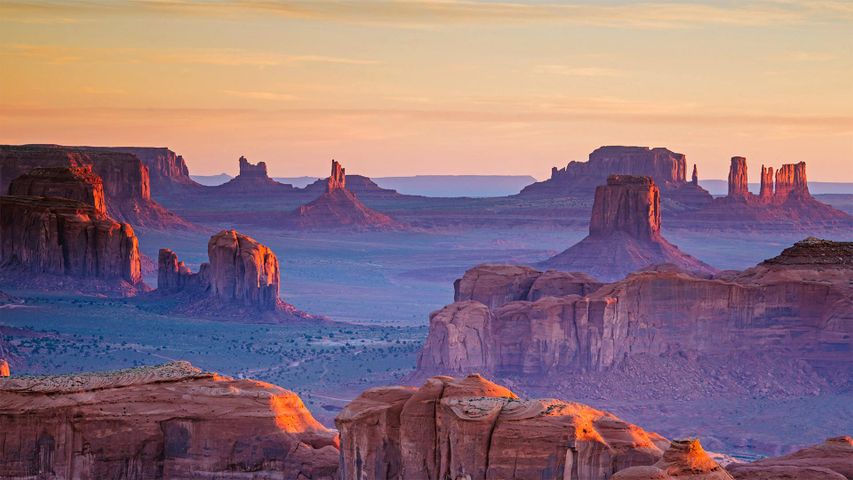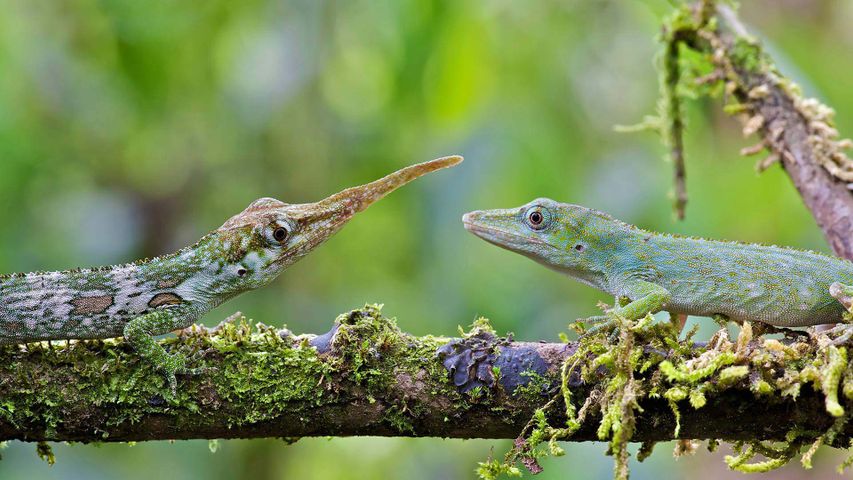Ubehebe Crater in Death Valley National Park, California
© Albert Knapp/Alam
When the desert blew its top. When Death Valley blew its top
Deep below Death Valley's charred surface, blazing hot magma once gushed up through a geologic fault until it hit groundwater. The magma quickly turned the water to steam, and like a defective subterranean pressure cooker, the Earth's crust blew its top in a ferocious explosion. The hydrovolcanic eruption sent up a mushroom cloud of steam and spewed burnt volcanic cinders for miles. It also left the giant crater seen in this photo and 12 smaller ones spread across the surface.
The Ubehebe Crater (pronounced you-bee-HEE-bee) is a half-mile across and more than 700 feet deep. Geologically speaking, Ubehebe and the other craters here are quite young. A 2016 study concluded that the craters were all formed in a relatively brief series of explosions—a period of days or weeks—about 2,100 years ago. Another eruption could happen, but visitors need not worry about the ground below their feet—seismometers in the region will alert geologists in advance of any future volcanic unrest. A trail around the rim of the crater offers views of the colorful layers of stone along the walls. Adventurous hikers can descend to the bottom, but it's a long slog back out again, especially on a sweltering summer day.
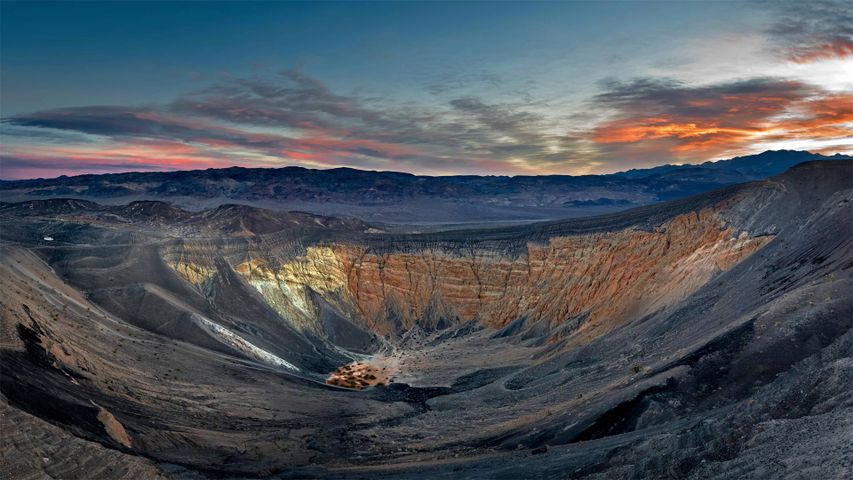
 Delicate Arch, Arches National Park, Utah
Delicate Arch, Arches National Park, Utah
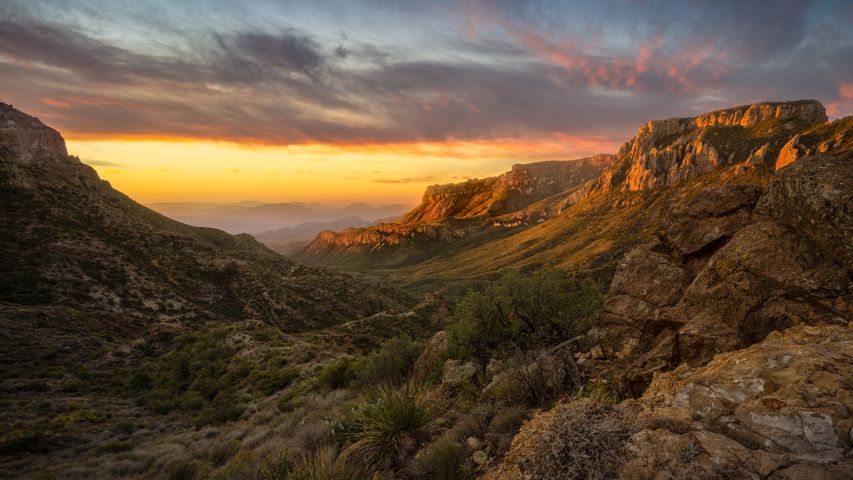 Chisos Mountains, Big Bend National Park, Texas
Chisos Mountains, Big Bend National Park, Texas
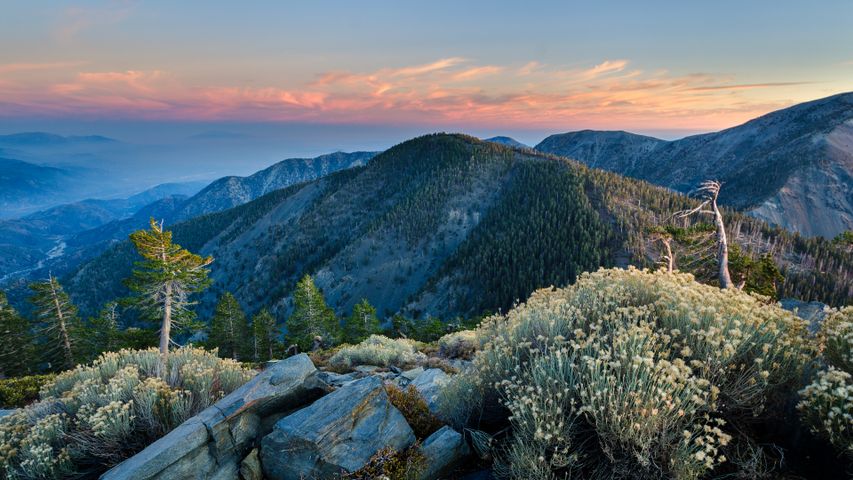 Summit of Pine Mountain, Angeles National Forest, California
Summit of Pine Mountain, Angeles National Forest, California
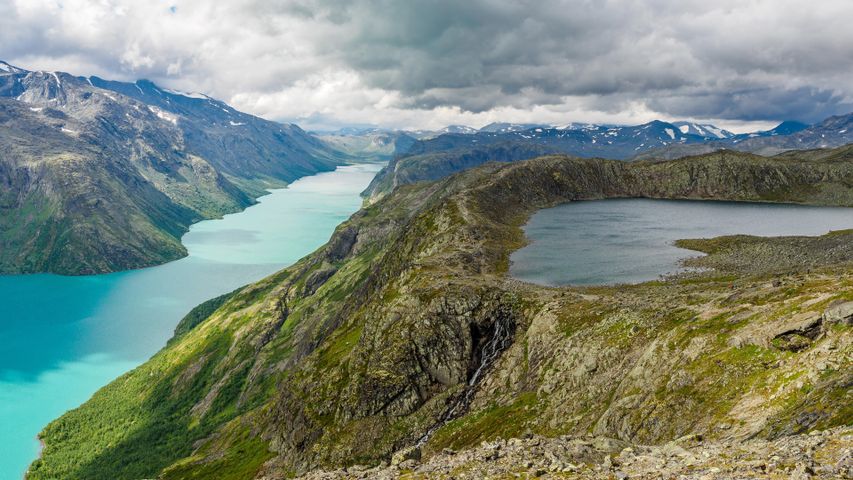 Jotunheimen National Park in Norway
Jotunheimen National Park in Norway
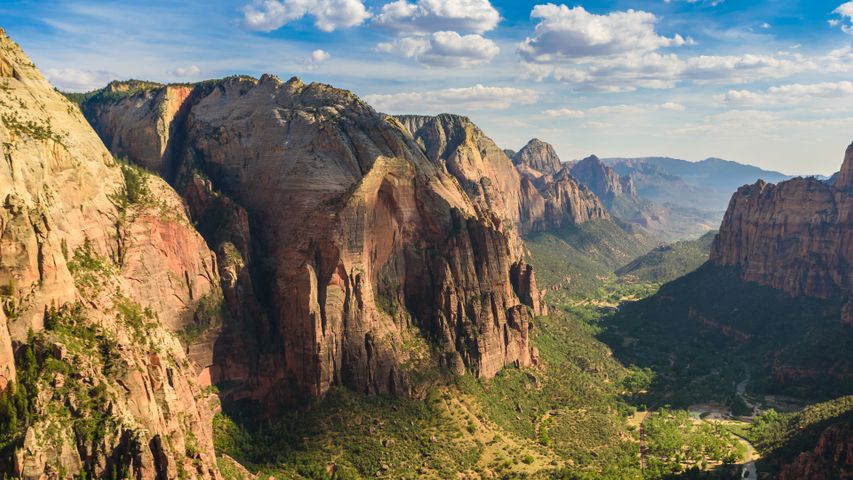 Zion National Park, Utah
Zion National Park, Utah
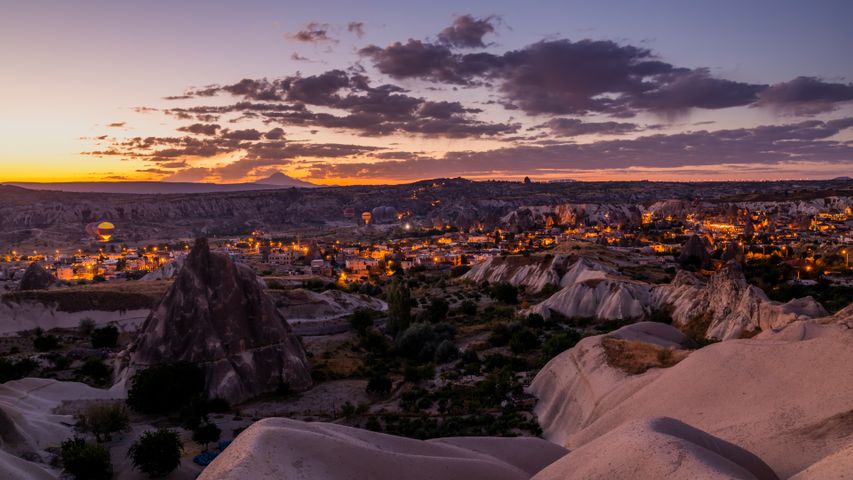 Hot air balloons over Göreme Historical National Park in Cappadocia, Türkiye
Hot air balloons over Göreme Historical National Park in Cappadocia, Türkiye
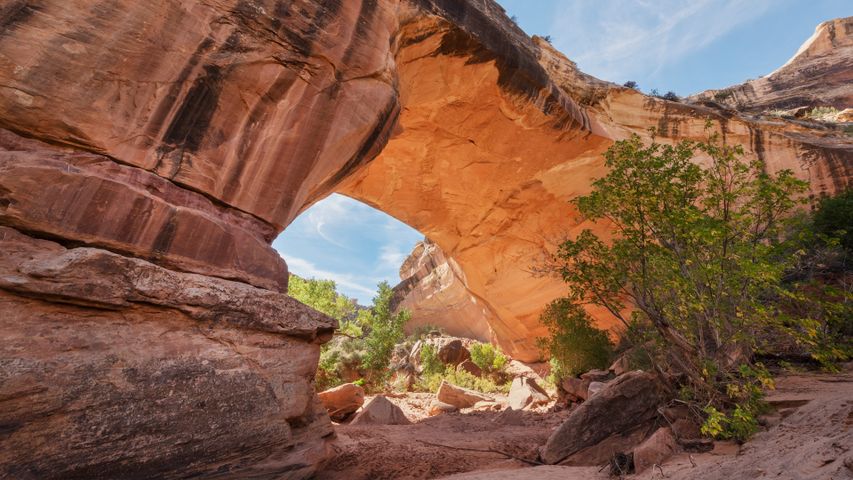 Kachina Bridge, Natural Bridges National Monument, Utah
Kachina Bridge, Natural Bridges National Monument, Utah
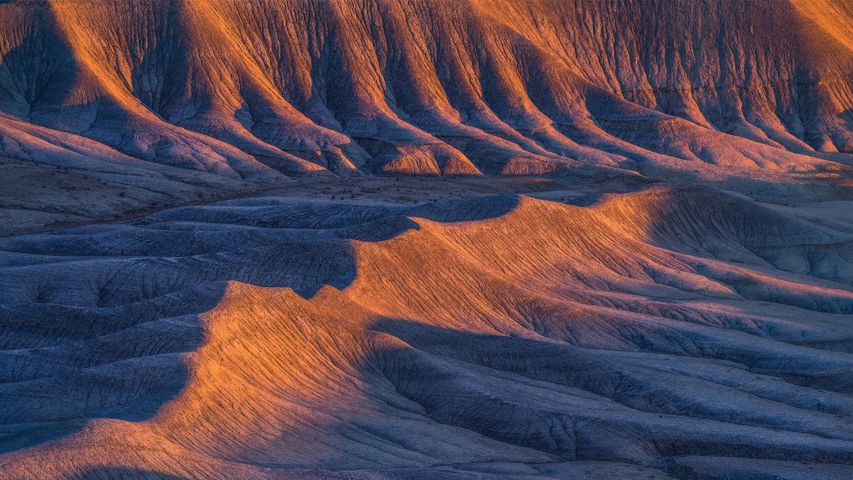 Sandstone formations in the badlands near Caineville, Utah
Sandstone formations in the badlands near Caineville, Utah
